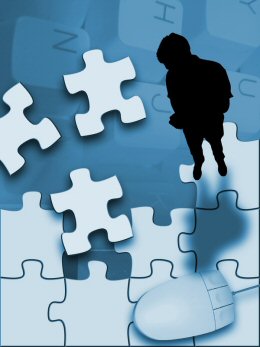
By combining quantum computation and quantum interrogation, scientists at the University of Illinois (UI) have demonstrated “counterfactual computation.” This intriguing application of quantum mechanics allows information about a problem’s answer to be inferred, although the quantum computer algorithm did not actually process the problem.
The logic behind quantum coherence often deviates from intuitive reasoning, leading to some surprising effects. And it was the nature of quantum interrogation that made this exotic feat possible, explained UI physicist and study leader Paul Kwiat, who’s work appears in Nature. “It seems absolutely bizarre that counterfactual computation – using information that is counter to what must have actually happened – could find an answer without running the entire quantum computer,” he added.
The researchers used both constructive and destructive interference from beam splitters to put single photons in a superposition of taking two paths. According to quantum theory, while a photon can occupy multiple places simultaneously, it can only make an actual appearance at one location. Its presence defines its path, and that can, in a very strange way, negate the need for the search algorithm to run. “In a sense, it is the possibility that the algorithm could run which prevents the algorithm from running,” explained Kwiat. “That is at the heart of quantum interrogation schemes, and to my mind, quantum mechanics doesn’t get any more mysterious than this.”
Using these kinds of interrogation techniques may make it possible to reduce errors in future quantum computers, Kwiat said. “Anything you can do to reduce the errors will make it more likely that eventually you’ll get a large-scale quantum computer.”

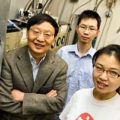
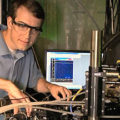
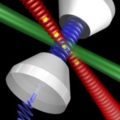
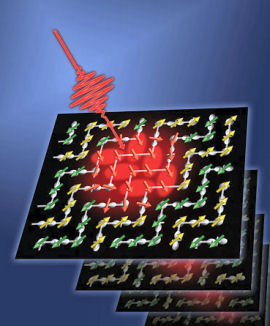

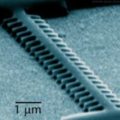








Comments are closed.